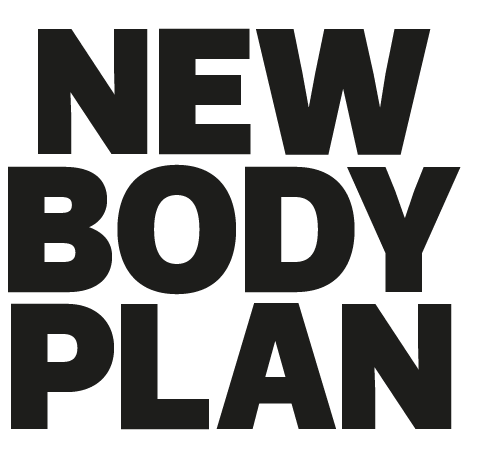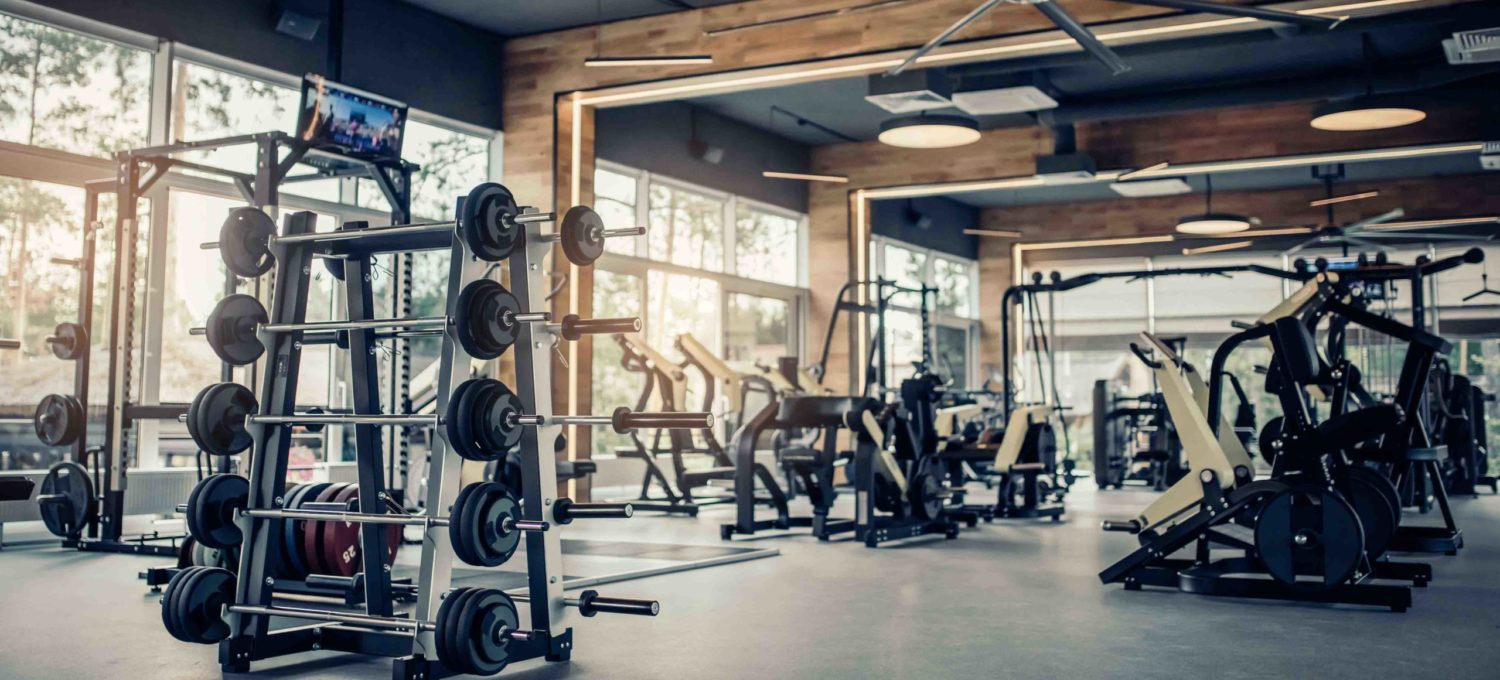Select the right weight to lift for each exercise to build muscle and burn fat faster
One of the most important factors in determining your transformation success is knowing how to select the optimal weight for each exercise. That means choosing the heaviest possible weight you can move and manage for the lift while always ensuring you can maintain good form and reach the target number of sets and reps, at the stated tempo and rest period.
Choose the right weight
Your first indication of whether you’re using the right weight for an exercise will come during the first rep of a set. It should be comfortable but you still need to “feel” the target muscle working: if you move the weight too quickly, at a speed that surprises you, you’ve probably gone too light. Alternatively, if the first rep is a real struggle, the likelihood is that it’s too heavy for you to achieve the rep target at the desired tempo.
There is a slight caveat to this in that the first rep of some moves, particularly pressing moves such as the dumbbell bench press or overhead press, may feel harder than the second or the third rep. This is because your very first movement of the set is to press the weights away from you, against gravity, from a static starting position, which is when your muscles are at their weakest. The second rep, and all subsequent reps, start once you’ve lowered the weight back down, and so will benefit from a “stretch reflex”, where there’s a little bit of momentum that helps initiate the rep.
Best weight for muscle
The last two or three reps of each set should really make you work for them, without compromising your form. If you hit your rep target and feel like you had two, three or even more reps left in the tank then you need to increase the weight for your next set. If you fail to achieve the rep target by three or more reps, or do make it but your form goes out the window (which you should never let happen), then the weight was too heavy, and you should reduce it for the next set. If you only just made the rep count, or only missed it by a rep or two, on the final set of that exercise then you’ve probably picked the right weight.
If you are in doubt about what weight to use, always err on the side of caution and start light. It’s best to play it safe and increase the weight for subsequent sets than start too heavy and risk injury and a blow to your motivation levels. And don’t be afraid of adjusting the weight – up or down – between sets: hitting the rep target with perfect form at the stated tempo and rest period is far more significant to the success of your transformation than trying to always lift the heaviest weight possible, especially if it comes at the expense of bad form and reduced time under tension.
Smart exercise weight selection
Choosing the perfect weight for each exercise may take a little trial and error at first, but there are some ways to gain a good estimate of where you should start, and this depends on the type of move you do. That’s because some exercises allow you to lift more weight, either because of the muscles involved, the equipment you’re using, or both.
For example, you can lift much more weight in a leg press, which works your quads, hamstrings and glutes, because you’re using your biggest muscle groups on a machine with a fixed movement pattern, so you’re not limited by the strength (or, more accurately, weakness) of your stabilising muscles, such as your core and lower back. This isn’t the case in a barbell squat where these stabilisers play a major supporting role in you performing the lift safely and effectively.
Here’s what you need to know about different types of lifts and how they effect the weight you should consider using for them.
To find your perfect transformation plan, take the New Body quiz!
Find Your Perfect Plan!
Bodyweight moves
These exercises use your own bodyweight as resistance to stimulate and work your muscles, so how much you weigh is how much you lift. Bodyweight moves can range from the relatively easy, such as crunches and bicycles for your abs, where you only lift a limited amount of your weight, to bodyweight squats or squat jumps for your lower body, where you move a much higher percentage, or all, of your weight.
Press-ups are the classic bodyweight move for your chest, triceps and front shoulders, and you can adjust the difficulty of the move by elevating your hands (to reduce the amount of bodyweight lifted, making the exercise easier) or elevating your feet (to increase the amount of bodyweight lifted, making it harder).
Pull-ups and triceps dips are two of the hardest bodyweight moves, requiring you to lift and lower your entire bodyweight, but the difficulty can also be adjusted: you can use an assistance machine to offset some of your weight to make them easier, or do them with a belt attached to a weight plate or dumbbell to make them harder.
Barbell moves
Barbells are most suited to compound, or multi-joint, exercises that work at least two different muscle groups – such as the bench press, overhead shoulder press, squat and deadlift. And the more muscle groups involved in a lift, the more weight you can move. Barbells come in two varieties: Olympic bars and regular or fixed barbells.
An Olympic barbell is 2.13m (that’s 7 feet) long and weighs 20kg. Fixed bars are nearly always shorter and “pre-loaded” with a set weight that can’t be adjusted. They can come in small increments of 2.5kg, but most gyms will only have bars that go up in 5kg increases, which makes them less than ideal when you want to lift just a little bit heavier and still hit your rep target at the right tempo. Olympic barbells are therefore the best option for your compound lifts, and the middle section of these bars (the part you grip) has a “knurled” surface, and so allows for a very secure grip.
Each end also revolves, which allows the weight plates to rotate as you lift and lower the bar, reducing the stress on your wrist and elbow joints, which isn’t the case with fixed barbells. The biggest problem with Olympic barbells is that most gyms only have a limited number of them, which can cause delays to your workout.
Machine moves
Machine exercises are a fantastic tool to really target a specific muscle or muscle group, making them great for trainees of all abilities. The movement pattern of the exercise is fixed, and so doesn’t require as much recruitment and activation of supporting and stabilising muscles, as is the case with barbell and dumbbell moves.
This allows you to lift heavier weights: you can use a machine to chest press more weight than in a bench press, for example. And it’s also quicker and easier to adjust the amount of weight you’re lifting. For most machines you simply move the weight-stack pin up or down to increase or decrease the resistance. However, as with all exercises you’re not used to, start light and familiarise yourself with how the machine works and how your muscles move and feel before increasing the weight too much.
Cable machine moves
Cable machines are a halfway house between resistance machines and free weight (barbell and dumbbell) exercises because while the movement patterns are restricted, they are not completely fixed thanks to a rotatable joint attached to the pulley system. This allows you to isolate specific muscles – typically those of the upper body – safely, whilst also engaging and activating secondary muscles and stabilising muscles.
Some gyms have a pulley that’s attached to the top or bottom of the machine, while others will have a machine where the pulley can be moved and fixed at certain points up and down the length of the bar. Because so many cable machine moves involve movement at the shoulder joint, the most delicate and complex joint in the body, it always pays to start with a light weight and focus on perfect form and a good range of motion to work the muscles effectively without stressing your joints.
Dumbbell moves
Dumbbells are the most instantly-recognisable, and one of the most versatile, examples of gym equipment. The beauty of dumbbells is that you can use them to work almost every muscle group, and they can come in small increments, typically 2kg increases in most gyms, ranging from the very light to very heavy, and so can be used by all ability levels.
They are perfect for unilateral (single limb) upper-body exercises, such as the dumbbell bench press, dumbbell lat raise, and dumbbell biceps curl, because they work each arm independently. That means that your stronger, more dominant side can’t overcompensate and deal with more of the load, which is what can happen with a barbell.
Working each arm independently increases the workload on the small and stabilising muscles of your wrists, elbows and shoulders, and it’s for these reasons – they work each arm independently and require the recruitment of stabilising muscles – you can’t lift as much total weight with dumbbells as you can with machine or barbell exercises.
To find your perfect transformation plan, take the New Body quiz!
Find Your Perfect Plan!
7 ways to eat for fat loss and get a leaner and stronger body
Burn fat and lose your belly with the best cardio for weight loss

